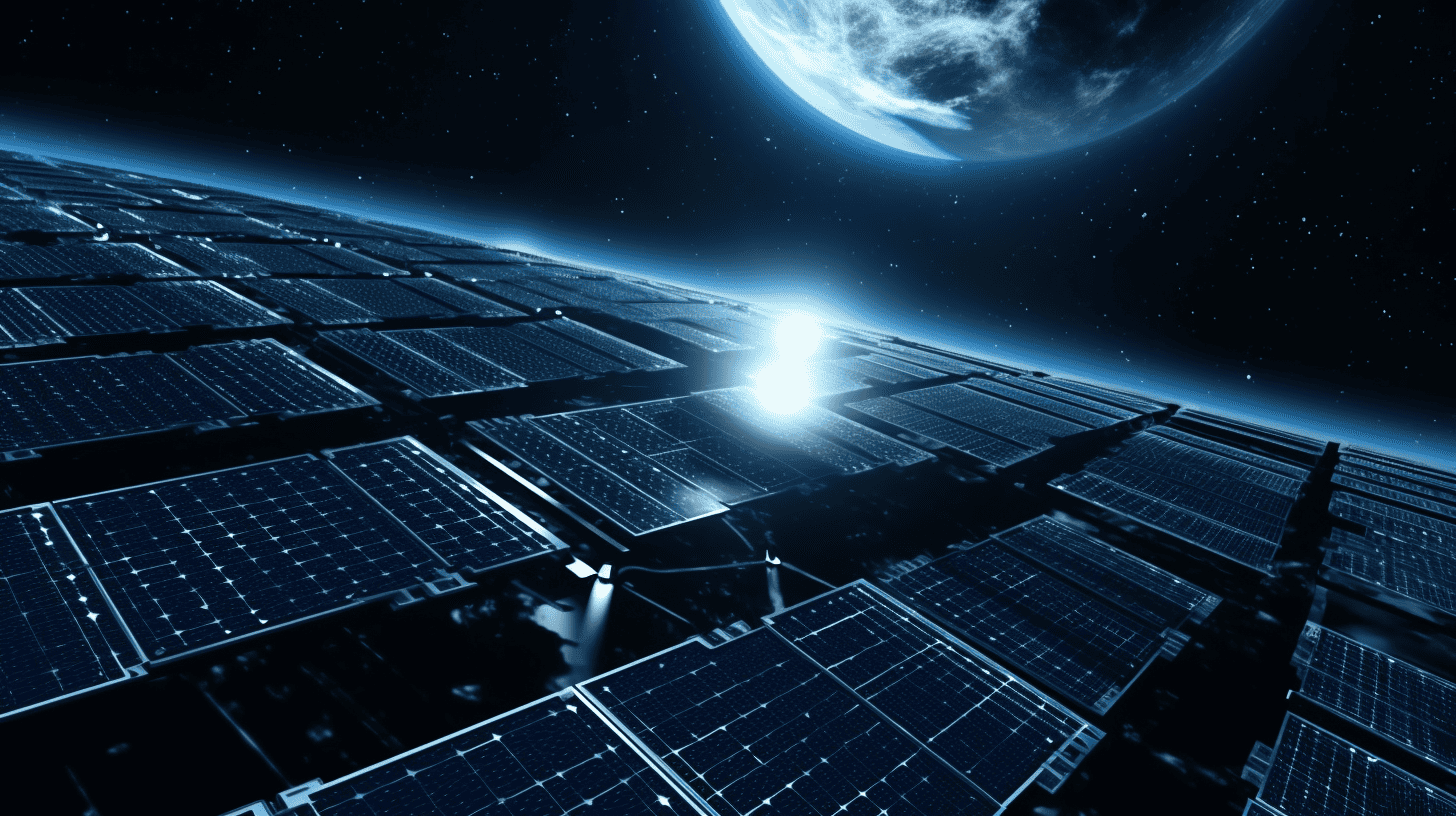
A new Wageningen University & Research study demonstrated that intercropping – the practice of growing multiple crops close – on Martian soil significantly improves plant yields. Scientists harvested over half a kilogram of fresh produce by cultivating a mix of peas, carrots, and tomatoes. Remarkably, tomatoes thrived in these conditions, outperforming traditional farming methods.
The study, led by astrobiologist Rebeca Gonçalves, Martian studies expert Dr. Wieger Wamelink, and agricultural systems expert Dr. Jochem Evers, managed to grow vegetables in a Martian soil simulant. This method not only enhances the potential for food security on Mars but also translates to improved agricultural techniques on Earth, especially in regions with poor soil quality due to degradation or arid conditions.
Why this is important
As the world population grows, global warming and climate change put ecosystems under pressure, often compromising food production. Space agriculture technology can have a great impact on the Earth, too.
Understanding space farming
As humanity edges closer to becoming a multi-planetary species, the concept of space farming has shifted from science fiction to a practical necessity. Space farming refers to cultivating plants and other forms of agriculture in outer space, primarily to support long-term human habitation on spacecraft, space stations, and extraterrestrial bodies such as the moon or Mars. It is a crucial area of research for sustaining human life during extended space missions without reliance on Earth’s resources.
The challenges of space farming are significant. Without Earth’s gravity, plants must adapt to microgravity, which affects how they orient their roots and stems. Moreover, artificial lighting, such as LEDs, and alternative rooting materials replace traditional sunlight and natural soil. The entire process must be energy-efficient, compact, and capable of integrating with life support systems to exchange carbon dioxide and oxygen effectively.
Introducing intercropping
Intercropping, a method practiced on Earth, involves growing two or more crops near each other, allowing for biological interaction. This farming technique can lead to more efficient use of resources, lower pest densities, and improved management of cover crops. However, it does bring additional management challenges, such as maintaining a balance between species competition and ensuring effective crop rotation for disease and insect management. Despite these obstacles, intercropping’s potential benefits have made it a subject of interest for space agriculture.
In the controlled environment of space, intercropping simplifies management and takes advantage of pest control benefits. While it may not always increase resource capture due to the absence of natural ecosystems, the principles of intercropping can still be applied to optimize growth in space.

Benefits beyond Mars
The implications of the Wageningen study extend far beyond the red planet. Gonçalves highlighted the dual significance of the research, emphasizing that technologies developed for Martian agriculture, such as soil regeneration and closed self-sustaining systems, have direct applications for Earth’s agricultural systems.
With 40% of Earth’s agricultural land degraded by human action or climate change, affecting approximately 1.5 billion people globally, the benefits of intercropping in such conditions are clear. The Wageningen study showed significant yield increases for two of the three species when intercropped in Martian soil, outperforming monocropping counterparts. This suggests that the same techniques could revitalize Earth’s degraded lands.
NASA’s contributions to space agriculture
NASA’s efforts in space farming complement the work of Wageningen University. The Vegetable Production System, known as Veggie, is a project on the International Space Station (ISS) that studies plant growth in microgravity. Veggie has successfully grown various plants, including lettuce, cabbage, and flowers, providing fresh produce and psychological benefits to astronauts.
Furthermore, NASA’s Advanced Plant Habitat (APH) provides an automated growth environment with sensors closely monitored from Earth. This level of control allows detailed research into how plants respond to microgravity, which is essential for perfecting space farming techniques for future missions and settlements.

Future prospects and Earth’s benefits
As space farming research progresses, the potential benefits to Earth become increasingly evident. The development of resilient crops capable of thriving in the harsh conditions of space could lead to better drought and pest resistance on Earth. Moreover, space farming could enhance our understanding of sustainable agriculture, potentially leading to higher-quality crops and improved yields.
Space farming could also have ecological benefits. For example, genetically modified trees that grow more quickly could help slow the rate of deforestation, while advanced agricultural systems may offer solutions for increasing the shelf life of produce and reducing food waste.

